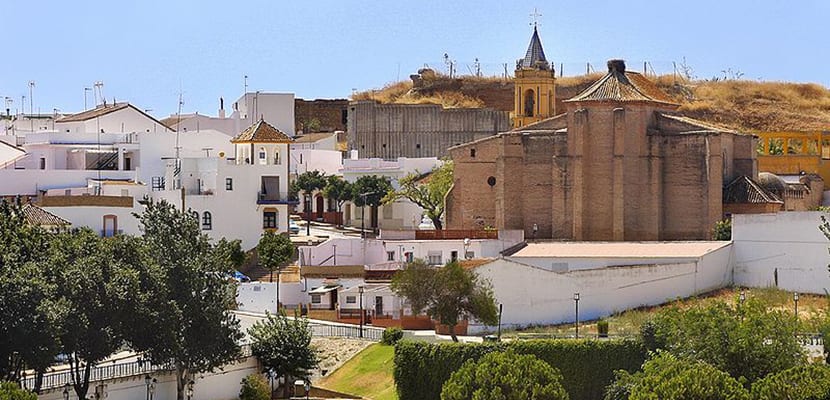
La city of Palos de la Frontera It is located in the province of Huelva, in the autonomous community of Andalusia. Although this population initially focused on fishing activity, the truth is that currently agricultural activities, especially strawberry harvesting, is what has made them known.
But in Palos de la Frontera there is much more than its delicious strawberries, so we are going to see what places we can visit. In this Andalusian town we can find different places of interest in a visit that can be done in a couple of days.
Palos de la Frontera
The history of this town is closely linked to maritime discoveries, since from here are the well-known Pinzón brothers. But in addition to these maritime explorers there were others, who although less well known also contributed to the exploration of new lands, such as Cristóbal Quintero or Diego de Lepe. In fact, this population is part of the Route of the Columbian Places in Huelva.
Route of the Columbian Places
This population stands out for having been one of the places linked to the discoveries in pre-Columbian America. That is why it is possible to make a route in which to discover the steps of the explorers and everything that is related to them in the town. To begin with, we are welcomed to the city by a reproduction of the caravel La Pinta that was part of the Discovery of America. It is precisely in the Palos de la Frontera docks where this caravel was built, led by one of the Pinzón brothers.
It was in the church of San Jorge that the crew of the caravels prayed before embarking to the new world, and the main square in which they read the Real Pragmatic in which two caravels were requested for this unknown company. The house of the Pinzón brothers has been converted into a museum and you can continue the route through the port where the three caravels left on August 1492, XNUMX.
Parish Church of San Jorge
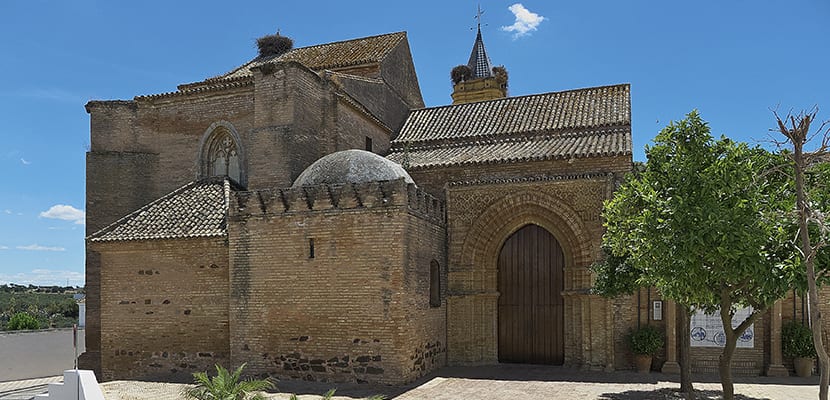
This XNUMXth century temple has a Mudejar Gothic style which is quite austere. It has two doors, that of America, which is the oldest, from the XNUMXth century, and also the so-called door of the bride and groom, which is the most striking, with a pointed arch with a Mudejar aesthetic. In addition, it has a bell tower that has storks' nests and a tip lined with tiles that was restored when it fell when the Lisbon earthquake occurred. Inside you can see a Gothic headboard as well as an alabaster image from the XNUMXth century. It also has a ceramic altarpiece and the carving of the Christ of the Blood.
Monastery of La Rabida
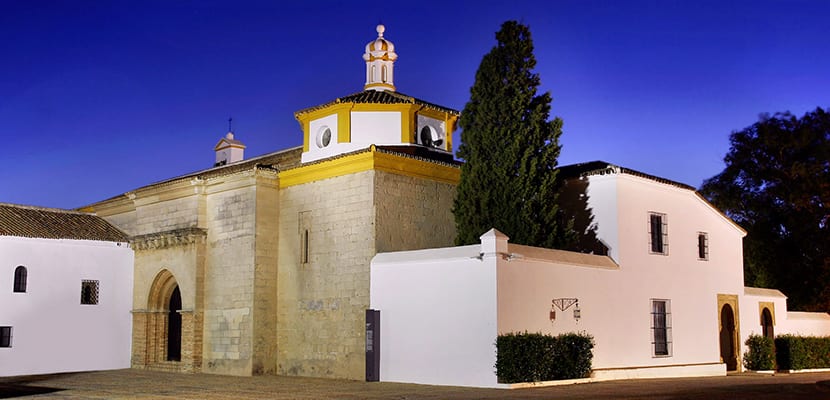
It was in this monastery that Christopher Columbus devised how to convince the kings to finance his expedition to America, which changed the course of history, that is why it is a place that can be visited on the aforementioned route. This monastery was built between the XNUMXth and XNUMXth centuries and has been declared a National Monument. Martín Alonso Pinzón is buried here. The interior of the cloister stands out, where there is a museum with many objects from the New World.
Dock of the Caravels
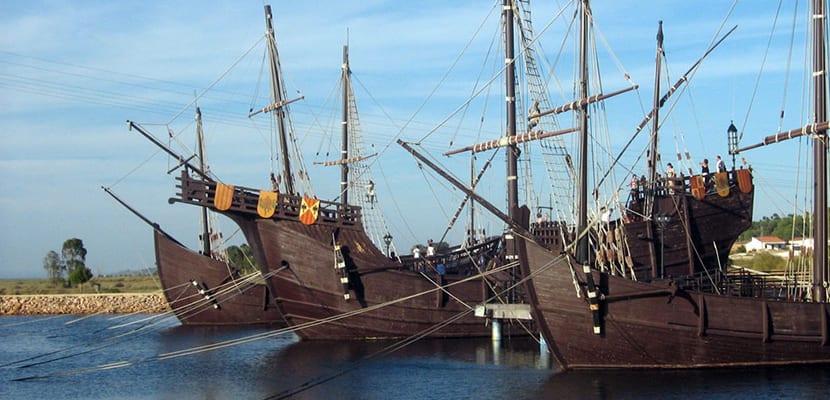
This is a museum that children love, since we can find a reproduction of the caravels La Pinta, La Niña and La Santa María. It is one of the most visited in Andalusia and was built in 1992, five hundred years after they left for America. In addition to the boats, you can find objects of the time.
the fontanilla
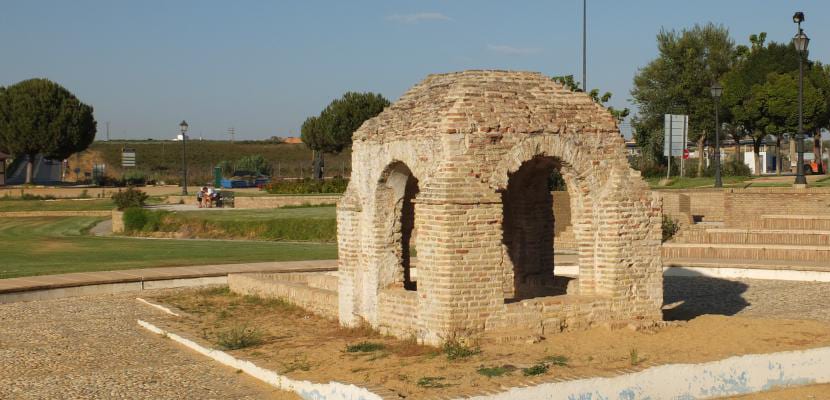
This is the old public fountain of the town, where the caravels were supplied with drinking water before leaving. It is a fountain that has been damaged by time but has great historical value. It has a Mudejar style and is shaped like a temple with bricks, so in principle we may not realize that it is a fountain. It is not a very striking monument, but it is part of that history of the Discovery and that is why it is so important.
Martín Alonso Pinzón House Museum
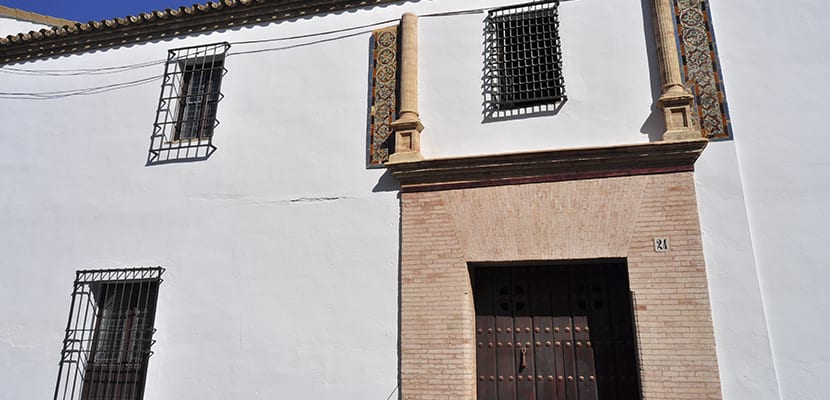
This house dates from the XNUMXth century and it was built by the discoverer's father. It has a XNUMXth century facade and in it you can find personal objects of the family and also some related to the Discovery of America.
José Celestino Mutis botanical park
This botanical park bears precisely the name of a famous botanist from Cádiz. In the park you can enjoy a quiet place and at the same time discover species of animals or amphibians. The species that can be found come from the peninsula but also from South America, how could it be otherwise in a place where colonization was so important.